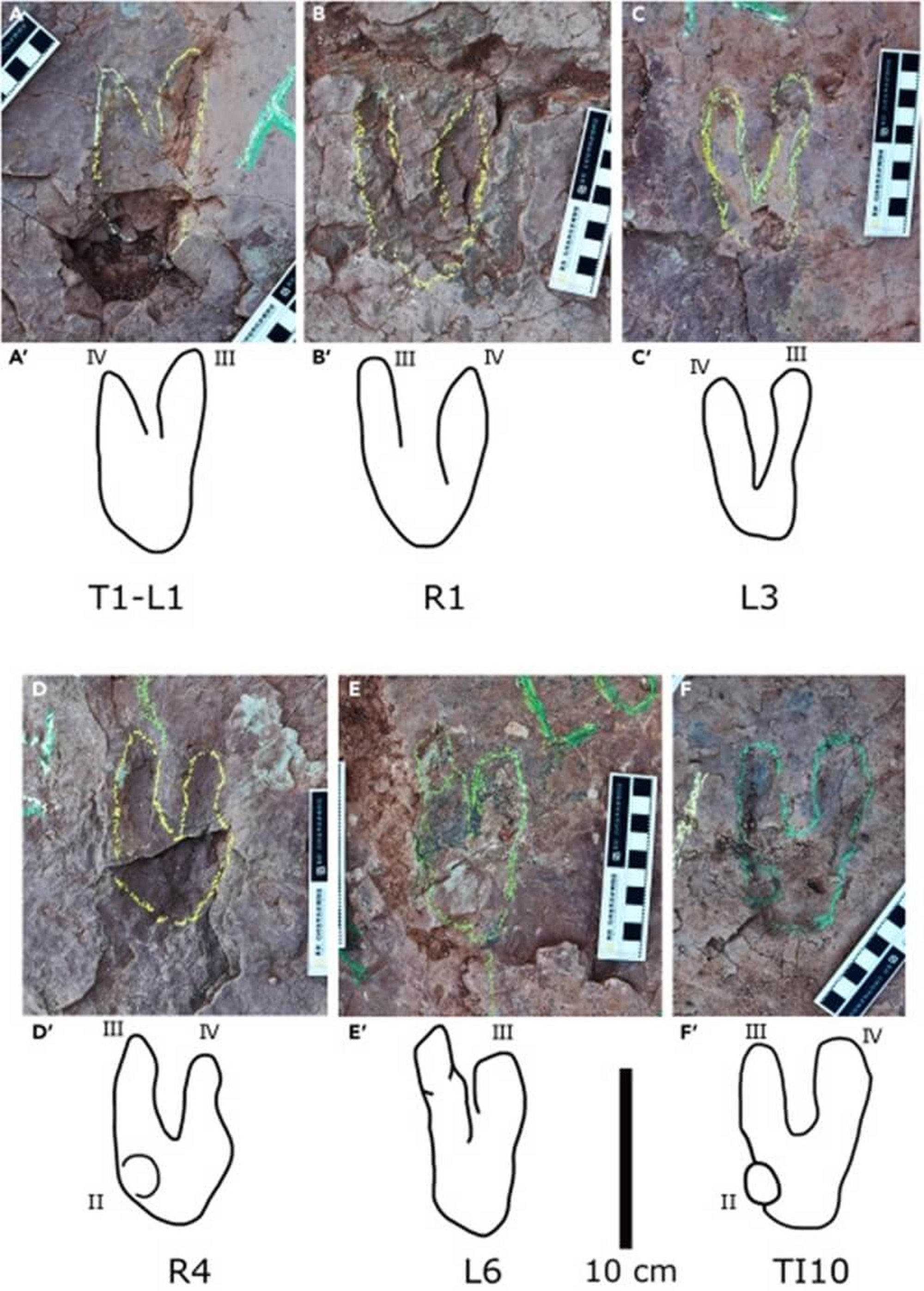
Dinosaur footprints in China hint at giant raptors that defy Jurassic Park depictions
- Fossilised footprints in Fujian province point to new type of dinosaur, dubbed Fujianipus, that is among biggest known raptors at five metres (16 feet) long
- Researchers say they were far larger than the human-sized ‘aggressive hunters’ shown in blockbuster films
“Standing an estimated 1.8 metres (6 feet) at the hip, Fujianipus is among the largest known raptors,” the international team from China, Australia and the United States wrote in a paper published in the peer-reviewed journal iScience last week.

Troodontids are a family of birdlike raptors belonging to the deinonychosaurus clade found during the Late Jurassic to Late Cretaceous period, or around 160 million to 65 million years ago.
Most deinonychosaurs were relatively small, with “a majority of genera estimated to measure under three metres in total length”, according to the paper.
But the tracks discovered in China were left by troodontids, “a much slimmer and brainier group in the Velociraptor family”, Romilio said in a university statement.
Chinese-led team reports first evidence of puberty in dinosaur-era reptile
“This raptor was around five metres long with 1.8-metre-long legs, far exceeding the size of the raptors identified in Jurassic Park,” he said.
In the winter of 2020, Chinese scientists discovered the tracks in Fujian at what has been named the Longxiang tracksite, which dates back around 85 to 100 million years, according to the paper.
The closest named species so far with similarly sized tracks were found in east China’s Shandong province, however those tracks are still roughly 20 per cent smaller and differ in “various morphological details”, the researchers said.
Compared with other two-toed dinosaur footprints found in Europe, North America, South America and Asia, “we found this track type is distinct in shape, making it quite unique”, Romilio said.
China’s ancient flying dinosaurs were more like birds than we first thought
Deinonychosaurs might have grown bigger as they shifted to eating larger prey and began “invading niches further up the food chain”, the researchers wrote.
“The concept of large troodontids has only recently emerged in the paleontological community,” Romilio said, adding that bones discovered in Alaska “hint at a trend toward gigantism near the ancient Arctic Circle”.
But these new findings show that giant raptors might have been more widely dispersed than previously believed.
“It just goes to show the incredible size range among raptor dinosaurs, highlighting their adaptability and ecological diversity,” Romilio said.

